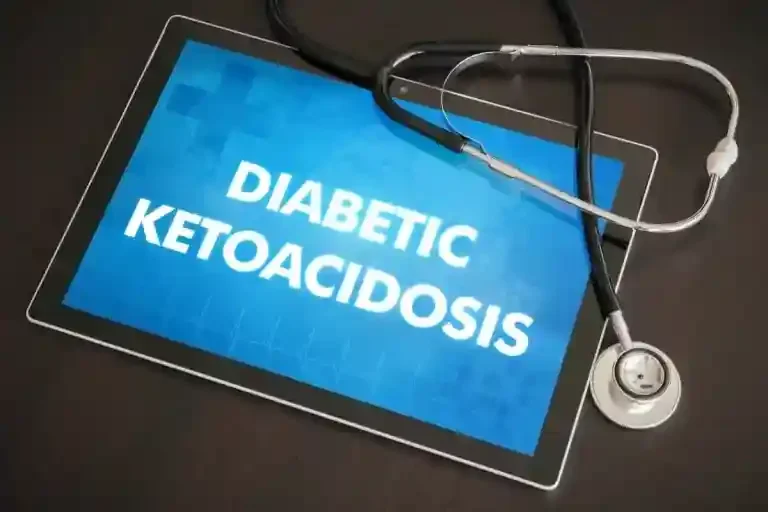A doctor tells us what borderline diabetes, or prediabetes, means, how to recognize warning signs, risk factors, and what you can do to prevent or reduce your risk of type 2 diabetes.
Borderline diabetes or prediabetes is a silent condition that can be triggered by a range of other health conditions, including high blood pressure, high cholesterol, obesity, especially abdominal fat. While the exact cause of prediabetes is unknown, lifestyle factors are the primary causes of this condition, hence, making changes in some aspects can significantly reduce your risk of borderline diabetes that may affect many people.
Prediabetes can damage your kidneys among other health complications like heart disease, stroke, vision problems, etc. Understanding the risk factors for this silent, yet, serious condition and getting a regular wellness checkup is crucial for early detection and a better outcome. In this article, Dr. Pritam Moon, consultant physician, Wockhardt Hospitals, Mira Road, Mumbai, tells us what borderline diabetes means, how to recognize warning signs, risk factors and what you can do to prevent type 2 diabetes from developing.
What exactly is borderline diabetes?
Borderline diabetes, or prediabetes, is the condition that occurs before a person has type 2 diabetes. It can also be termed as glucose intolerance as your blood sugar levels are not within the normal range – not that high to declare you as a diabetes patient. Many people may have uncontrolled blood sugar levels but not high enough to be diagnosed with diabetes. The insulin that is produced by the pancreas is less effective in removing sugar from the blood and one may develop insulin resistance. Your blood glucose level will rise immediately after you eat. Having prediabetes is worrisome as it indicates that you may develop diabetes in the near future.
Risk factors for borderline diabetes
Being overweight, having high blood pressure or cholesterol levels, being obese or overweight, and leading a sedentary lifestyle can be the culprits behind this condition. Similarly, a family history of diabetes can also elevate your chances of undergoing diabetes surgery.
You will also be shocked to know that people with pre-diabetes can have kidney problems. Yes, it can take a toll on your kidneys and put you at risk of chronic kidney disease (CKD) and may also require a transplant. Likewise, nerve damage, blood vessel, and even heart disease can be seen in the patients.
Signs and symptoms of borderline diabetes
Borderline diabetes does not usually have clear signs or symptoms, hence, some people may not be aware that they have it. You must look for symptoms such as:
- Tiredness
- Low energy levels
- Feeling frequently thirsty
- Blurred vision
- Toes becoming numb
- Loss of muscle bulk
- Genital itching, and even frequent urination.
You should consult an expert and start immediate treatment to tackle borderline sugar levels. Take it as a wake-up call and start managing the condition on an immediate basis.
Treatment for borderline diabetes
Upon diagnosis, your doctor will prescribe certain medications to regulate your blood sugar levels. You will have to take these medications at the time suggested by the physician. Along with that, lifestyle modification is the need of the hour.
Opt for these lifestyle changes to manage borderline diabetes or reduce your risk
- Exercise daily: If you haven’t started exercising yet, then you are doing it all wrong. You will have to maintain a healthy weight and stay physically fit by doing activities of your choice like swimming, dancing, aerobics, running and even jogging. Strength training can also be done. Do not forget to try relaxation techniques such as yoga and meditation to stay stress-free. Exercising will help you get rid of those excess kilos and manage your insulin levels.
- Watch what you eat: Do not eat processed, junk, or oily foods. Instead, stick to a healthy diet plan. Incorporate lots of fresh vegetables and fruits in the diet. Eat legumes and whole grains. Eat cereals and quinoa. Cut down on sugary drinks and sodas and eliminate carbohydrates, if not required. Carbohydrates tend to spike your blood sugar levels. It will be a good idea to take an expert opinion regarding what you must eat and delete. Don’t forget to drink plenty of water to stay hydrated, which could help control blood sugar levels.
It is imperative to get yourself educated about borderline diabetes and act accordingly. Do not neglect this condition as it can worsen your health.
Source: https://www.timesnownews.com/health/article/what-is-borderline-diabetes-know-the-warning-signs-steps-you-can-take-to-reduce-your-risk/681517











